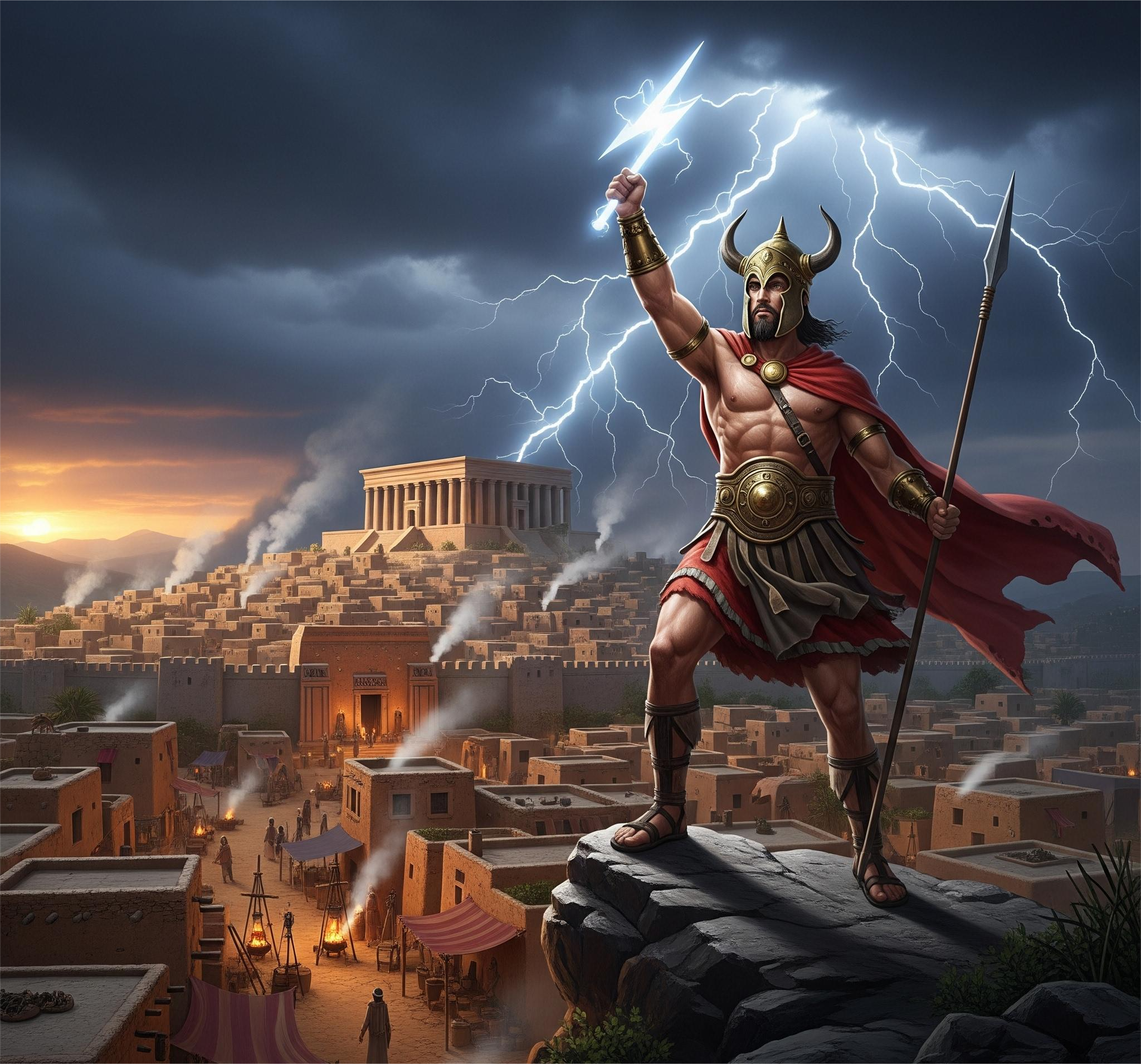The Parian Chronicle: A Glimpse into Greek Myth and History
The Parian Chronicle, or Parian Marble, is a fascinating testament to how the ancient Greeks viewed their past—a blend of the mythic and the historic. This article delves deep into this unique artifact, its history, and the tales it tells.
The Marble and Its Journey
The Parian Chronicle, inscribed on a stele, is a chronological table that charts the years from 1582 BC to 299 BC. It was discovered on the island of Paros in two main fragments. Sold in Smyrna in the early 17th century, the inscription made its way to Thomas Howard, Earl of Arundel, and was deciphered and published in the Arundel Marbles, Marmora Arundelliana, by John Selden in London (1628–9). Notably, one of these sections has vanished, believed to have been lost during the tumult of the English Civil War.
Part of the Parian Marble, a chronicle of mythological and historical events in Greece from 1580 BC to 263 BC. There are 3 parts, one was lost in London during the English Civil war, one is kept the Ashmolean Museum, and one in the Archaelogical Museum of Paros, Greece.
Another fragment, the base of the stele containing the end of the text, surfaced in 1897. This portion of the inscription details events from 336/35 to 299/98 BC. The two prior fragments chronicled events spanning 1582/81–355/54 BC.
The Ashmolean Museum in Oxford houses one of these upper fragments, preserving events from the mythical, like the Flood of Deucalion, to the historical, such as the Trojan War. The shorter fragment from 1897 resides in the Archaeological Museum of Paros in Greece.
What's striking about the Parian Chronicle is its seamless integration of myths and legends with events that modern historians recognize as factual. To the Greeks, these stories were history; their myths were not mere tales but a representation of their past. As Peter Green once noted regarding the Parian Marble, the chronicle "uses chronological specificity as a guarantee of truth" and anchors the mythical past in historical time.
Chronicles of a Bygone Era: Tales from the Marble
1581 BC, Cecrops and the Birth of Athens: Before it was Athens, it was Cecropia, named after King Cecrops. The famous contest between Poseidon and Athena for the city’s favor, a defining moment in Athenian mythology, is curiously omitted from the Parian Chronicle.
1528 BC, Great Flood of Deucalion: The Great Flood of Deucalion recorded on the marble is a testament to the universal nature of flood myths. Much like Noah's Flood in the Bible, Deucalion’s Flood serves as a reminder of a divine reset—a cataclysmic event that reshapes civilization.
1520 BC, The Birth of 'Hellenes': Hellen, son of Deucalion, ascends to the throne of Phthiotis. From him, the name 'Hellenes' is born. While neighboring populations adopted this name, the Romans held on to the older term, "Graikos." Thus, in the West, the Greeks are still referred to as Greeks.
1294 and 1259 BC, Rise of Heroes: A period that witnessed the rule of legendary figures like King Minos of Crete and King Aegeas of Athens, Theseus, another iconic figure, assumed the Athenian throne in 1259 BC, laying the groundwork for democracy.
1256 BC, The Amazonian Invasion of Athens: A dramatic event sees the Amazons marching on Athens, only to be repelled by Theseus at the Hill of the Muses.
1218 BC, The Trojan War Starts: A decade-long war encapsulated love, heroism, and tragedy, culminating in the fall of Troy.
1209 BC: Troy is conquered
907 and 895 BC, The Dawn of Literature and Commerce: The appearance of the epic poet Homer was followed closely by Aegina minting silver coins, indicating the dawning of a historic age well-recorded and corroborated by multiple sources.
Detail from the shorter fragment base of the stele, found in 1897, that is in a museum on Paros. It contains chronicle entries for the years 336–299 BC.
The Parian Chronicle's Significance
While the Parian Chronicle bridges mythic tales and historical events, its precision from 895 BC onwards lends credibility to its earlier records. Whether one views the marble's earlier dates with skepticism or belief, its significance is undeniable. It provides invaluable insights into how the Greeks viewed their past, underscoring the interplay of myth, legend, and history in shaping a civilization's identity.
The journey of the Parian Marble—from its discovery to its current homes in the Ashmolean Museum and the Archaeological Museum of Paros—is symbolic of the enduring allure of ancient Greece. Its tales continue to captivate, offering a window into an era where heroes walked the earth, gods meddled in mortal affairs, and history was as much about epic tales as it was about kings and wars.










